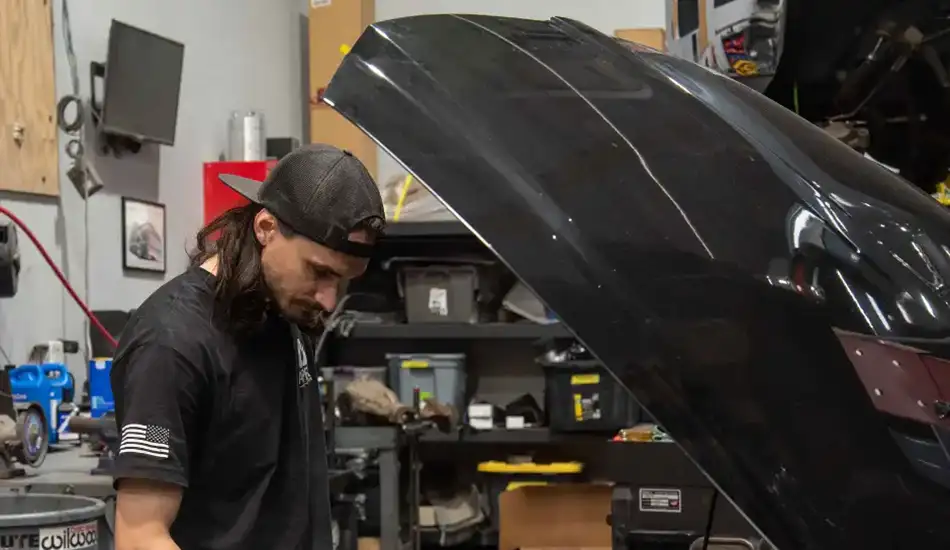OUR BLOG
All
- All
- Audio & Displays
- Auto Body
- Brakes
- Ceramic Pro
- Customer Spotlight
- Engine Performance
- Graphics Wrap
- Lighting
- Liquid Wrap
- News
- Off Road
- Paint
- Paint Protection
- Performance
- Restoration
- Suspension
- Upholstery
- Vinyl Wrap
- Wheels
- Window Tinting
What Is The Legal Window Tint In Arizona?
Arizona law allows 35% tint on front windows and as dark as you want in the rear, so you can beat the heat without breaking the rules. 🔥
4th Of July Window Tint Sale
In honor of America’s birthday, Apex Customs is celebrating with a limited time sale!! 🤩
2021 Dodge Challenger RT Scat Pack Widebody Black and White
From chipped to flawless, this 2021 Dodge Challenger RT Scat Pack Widebody got a full-front…
1992 Mitsubishi 3000GT VR-4
This 1992 Mitsubishi 3000GT VR-4 arrived in rough shape and needed a full overhaul. 🛠️🚗
Wheels & Tires Services
From custom wheels and performance tires to brake upgrades and full installations, we’ve got what your ride needs.












